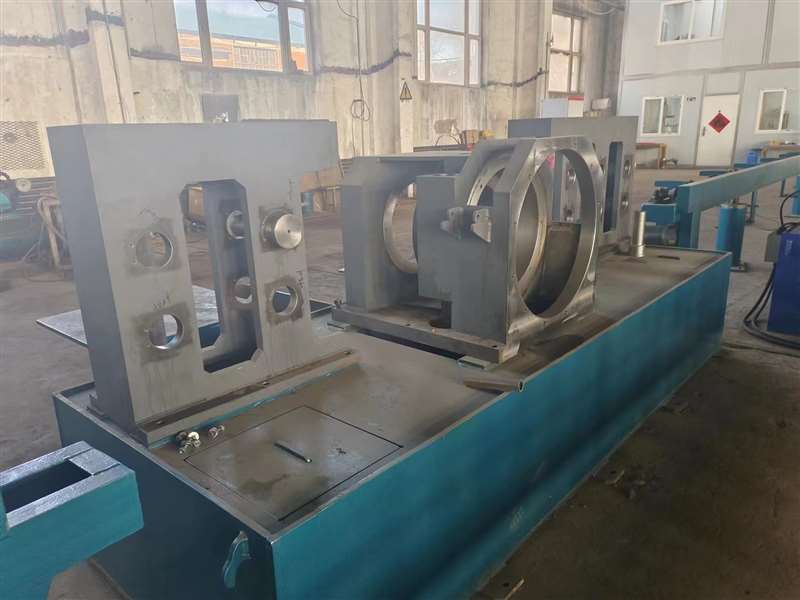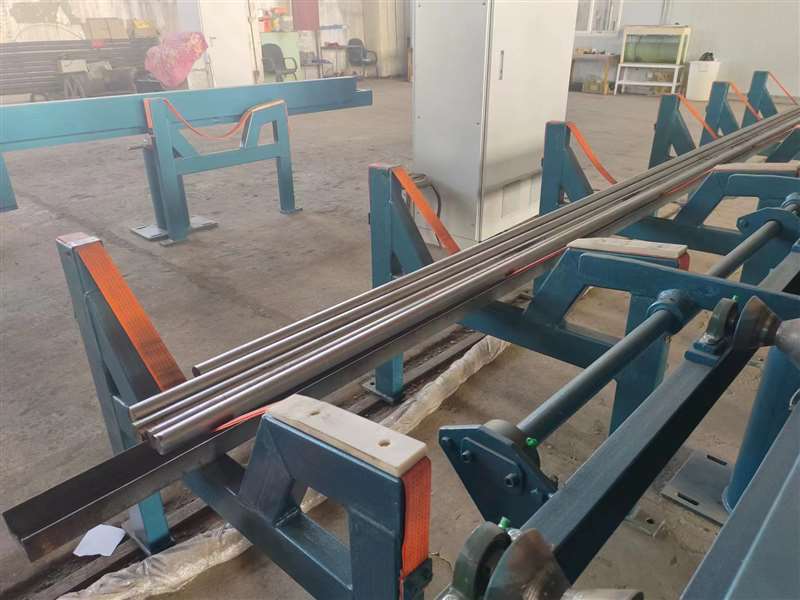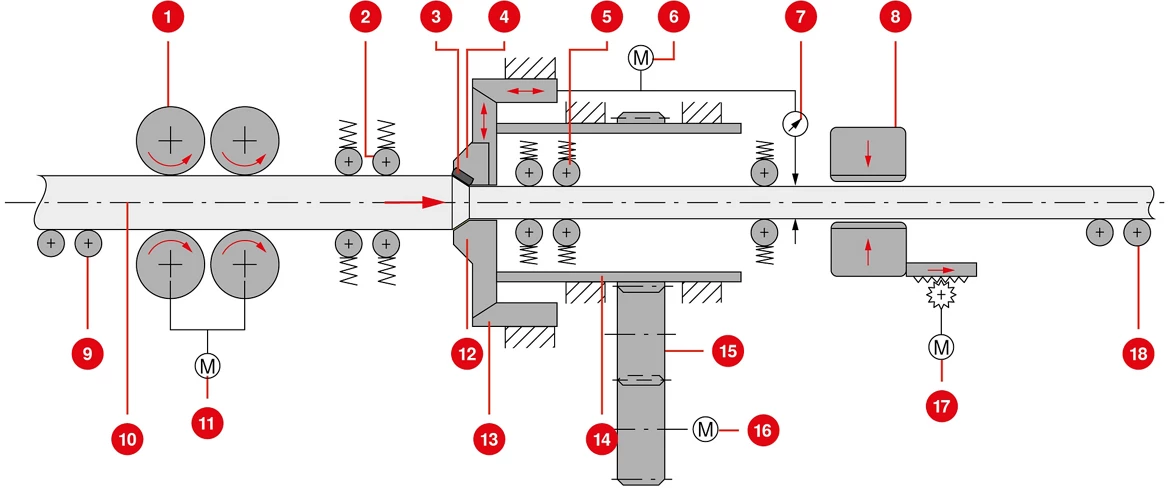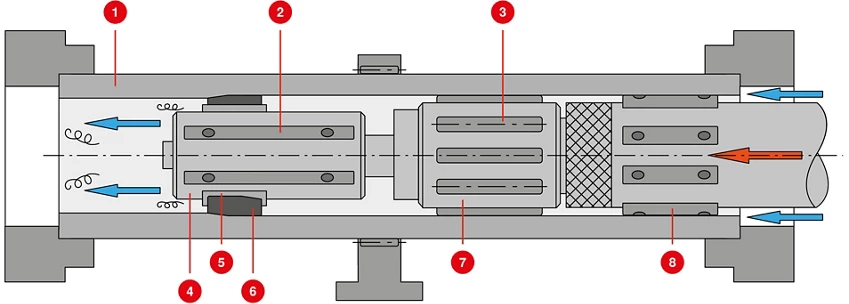- Optimizing Straightening Machines: Efficiency & Solutions
- Precision and Efficiency: Steel Tube Straightening Machines
- Order Now: CNC Centerless Lathe for Precision Manufacturing
- China's Latest Bar Peeling Machine Technology
- Boosting Light Pole Production with Advanced Straightening
- Operation Rules for 2-Roll Straightening Machines
E-mail:liu@mingchenggroup.com
Phone:+86 13322202758
QQ:605712576
Address:No. 20, Gangwan Street, Zhongshan District, Dalian City, Liaoning Province
The Advantages and Challenges of Bar Peeling in Metal Processing


Bar peeling is a crucial machining process used to achieve high surface quality, dimensional accuracy, and geometrical precision on bars and tubes made from various materials, including carbon steels, spring steels, stainless steels, nickel-based alloys, titanium, and aluminum. This process involves machining rough, forged, bent, or rolled workpieces with diameters ranging from 10 to 650 mm to produce bright, smooth surfaces and remove cracks caused by prior forging and rolling processes.
Productivity and Efficiency in Bar Peeling
Bar peeling is recognized for its productivity and efficiency. It significantly reduces throughput times compared to conventional turning processes while delivering first-class results in terms of surface quality and dimensional accuracy. These advantages lead to cost savings and reduced rework efforts for producing bright steel products.
However, the process poses significant challenges for tools and machines. The heavy machining involved in bar peeling requires robust and durable equipment to maintain high performance and precision over time.
Schematic representation of a peeling machine

1. Feeding mechanism
2. Entry guide rollers
3. Peeling insert
4. Tool slide/cartridge
5. Exit guide rollers
6. Tool adjustment motor
7. Measuring device
8. Withdrawal jaw carriage
9. Entry guide
10. Turning centre
11. Feeding mechanism motor
12. Peeling head
13. Conical ring
14. Hollow shaft
15. Main gearbox
16. Main motor
17. Withdrawal jaw carriage motor
18. Exit guide
Internal Bar Peeling for Seamless Steel Tubes
Internal bar peeling is another specialized process used to finish machine the internal diameter of seamless steel tubes, cold-welded tubes, or cold-drawn precision steel tubes. These tubes are often used in the manufacturing of cylindrical components.
In internal peeling, a combination of peeling and smooth rolling tools is typically employed. The internal peeling head features cartridges that hold and clamp the internal peeling inserts. Usually, two indexable inserts are positioned 180° apart on the diameter. For higher material removal rates, tandem systems with two internal peeling inserts positioned one behind the other in an axial direction are used.
Following the peeling process, a smooth rolling tool is used to further optimize the surface. Through roller pressure and rotation, the material is compressed, reducing roughness and unevenness, and resulting in a smoother, more level, and wear-resistant inner tube surface.

Workpiece (tube)
Peeling head guide pad
Smooth rollers
Internal peeling head
Cartridge
Internal peeling insert
Smooth roller head
Bar guide pad
Conclusion
Bar peeling, both external and internal, plays a critical role in the metal processing industry by providing high-quality surface finishes and precise dimensional accuracy. Despite the challenges it presents to tools and machinery, the benefits in productivity, efficiency, and cost reduction make it an indispensable process in manufacturing bright steel and precision tubes.
- Previous:Revolutionizing Metal Processing: MC Brass Rod/Rod Continuous Stripping Machine
- Next:The Complete Guide to Centerless Lathe Machines
-
2023-09-19How The Round Steel Peeling Machine Works?
-
2023-09-19Round Steel Peeling Machine



